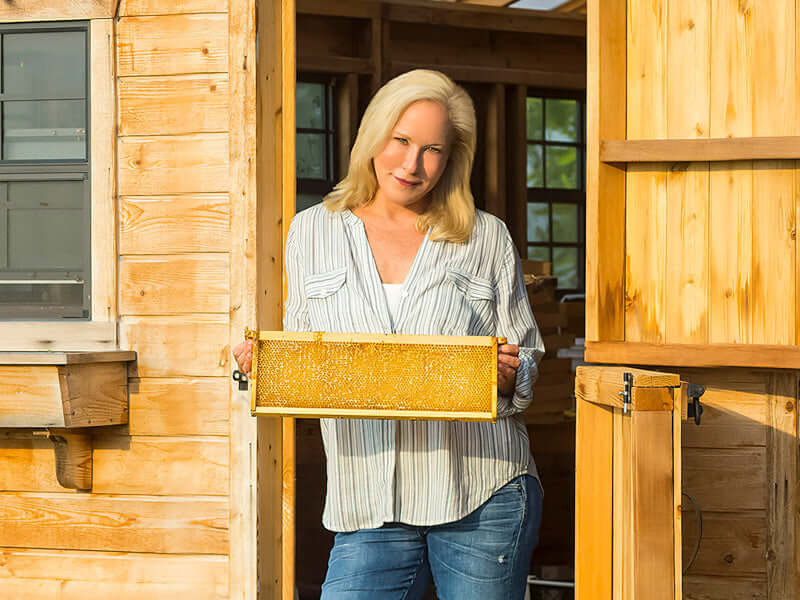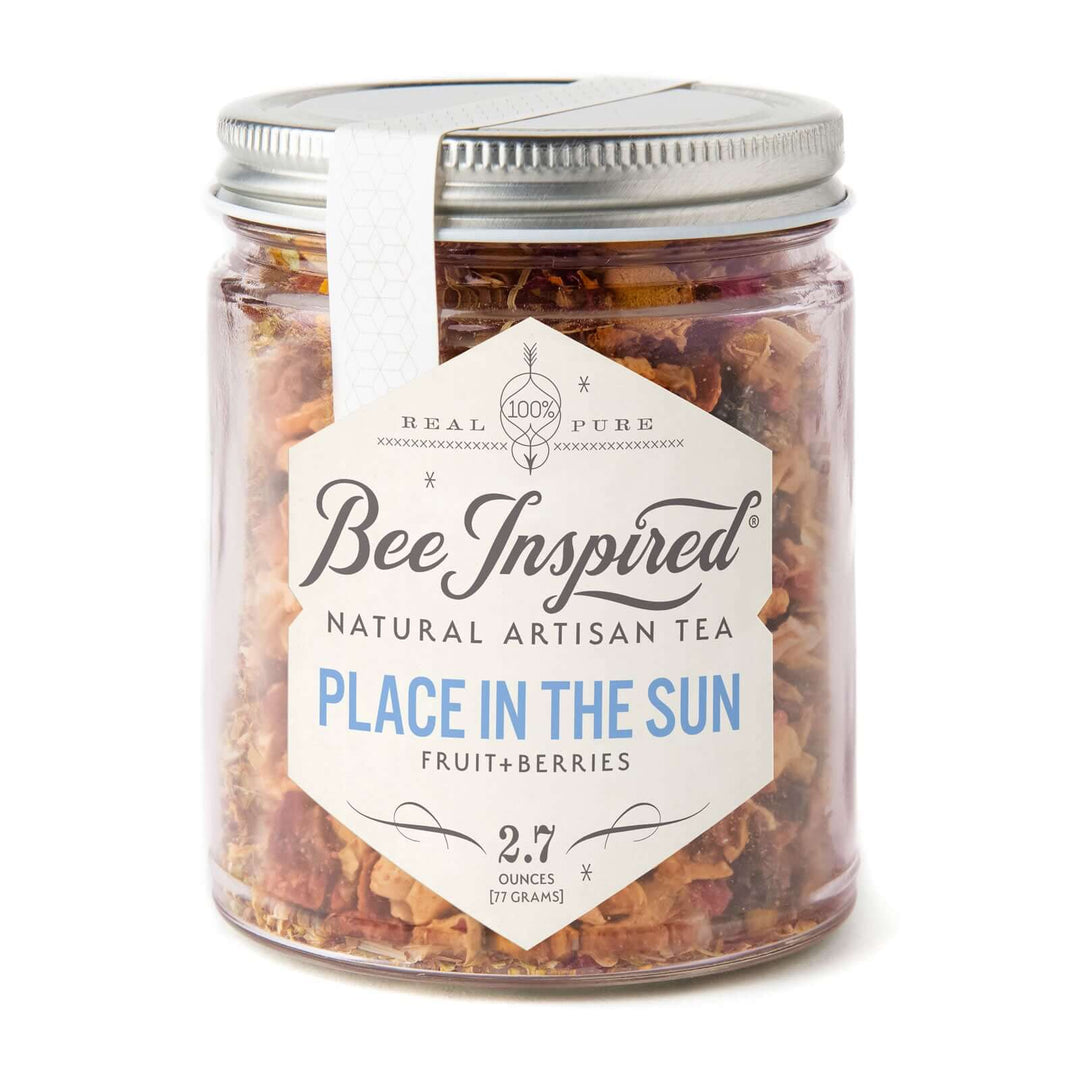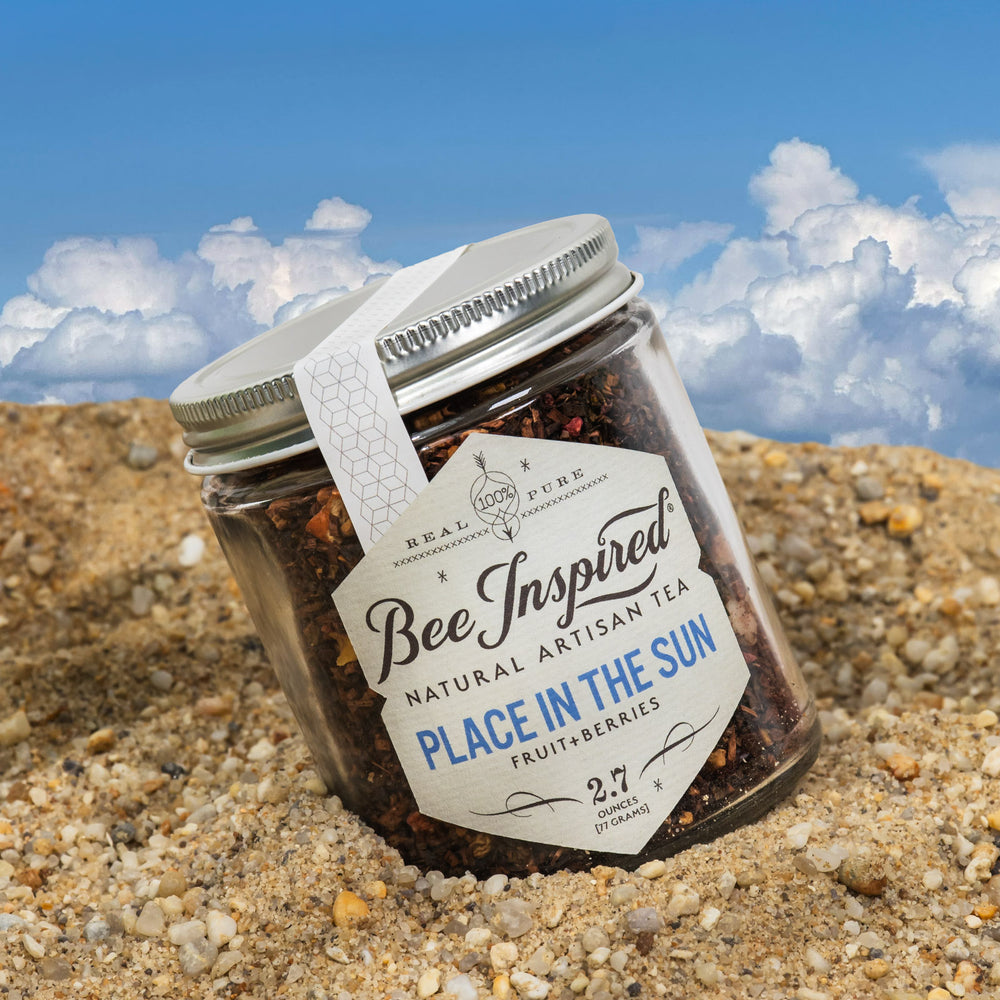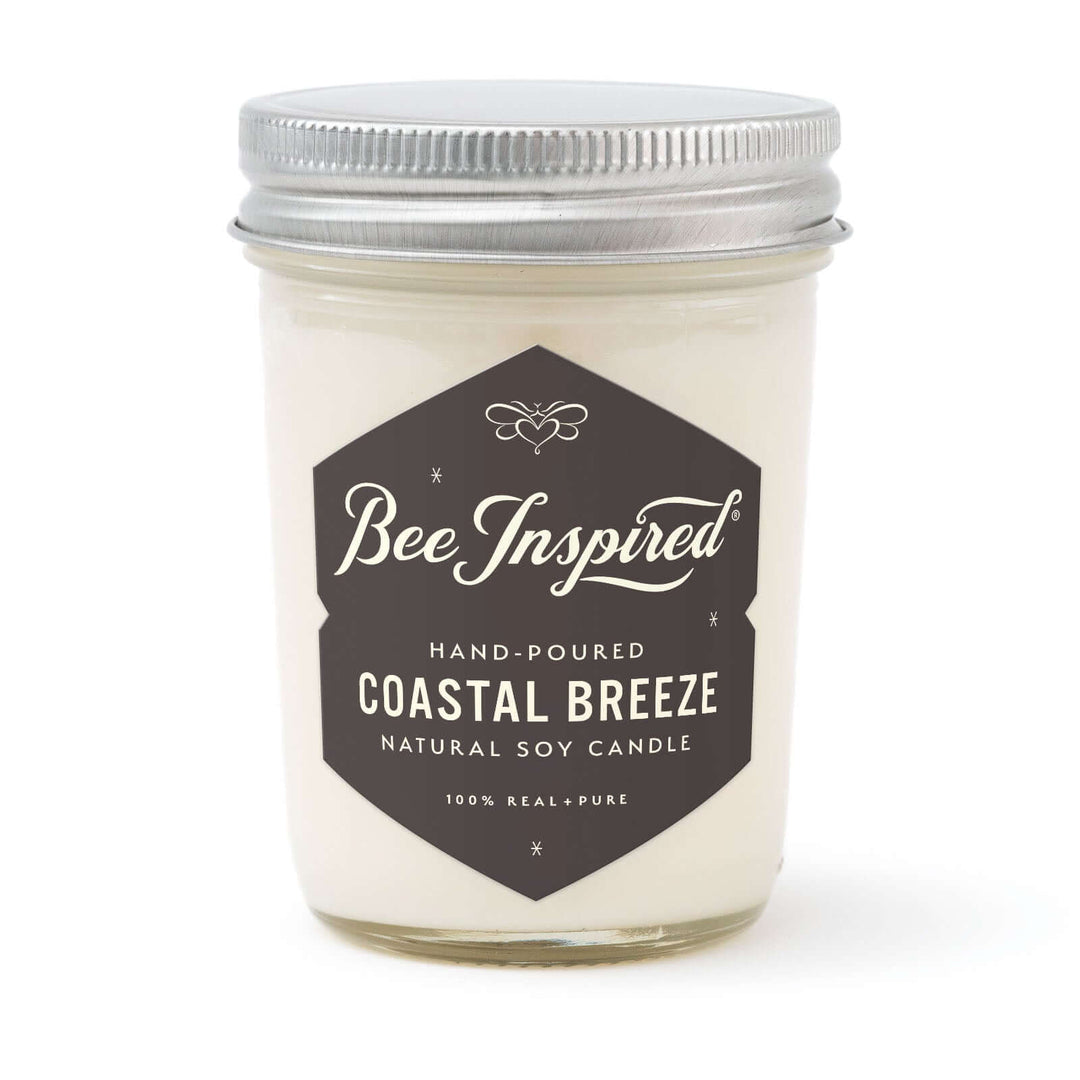Early May, I received a call from my local bee inspector, Dean Burroughs, a kind and gentle soul. Dean explained that I was placed in a beekeeping study conducted by the University of Maryland College Park. Dean and apiculturist, Jerry E. Fischer would be visiting the farm in the next week, and I didn’t need to be in attendance. However, I felt it important to be there and capitalize on being among the thought leaders on beekeeping. My goal was to observe and document.

When they arrived, it was just about the most beautiful day of the season. There was no wind, the temperature was somewhere in the mid-70’s, the sun was shining, the birds were chirping, and the Chester River was still. It was mid-morning and I was armed with my big gun (Canon EOS5D) and my little iPhone.

In early April we installed Nucs. More on Nucs soon. Now, one month later, the first-phase plant material was in full bloom: locust trees, apple and pear trees, and lots of wildflower were all coming open. I paused for a moment to take in everything around me. Varying shades of green trees and beautiful flowers surrounded me. The mix of so many sweet fragrances was intoxicating. Most importantly, my bee source cooperated last season by making my bees available for pick up exactly when he promised; it doesn’t always work out that way.
For the next few hours, Jerry and Dean opened up all of my 18 hives, inspected for queens, examined the brood and sampled each hive by collecting a cup of bees. Shortly after, they opened drone cells in search of mites, then “shook” frames from each brood chamber onto a metal pan and collected all that dropped off.



We were all amazed with the abundance of bees in the hives. Dale and I had set up the hives with the first brood chamber without planning the next brood chamber. At this point, we were in week four and each frame was packed full of brood, there were about 4-10 queen cells in each hive. I learned a lesson that day about checking in on the bees more frequently, and giving them the space that they need to grow. At this time, most of the hives were about to swarm.



When bees are overcrowded, they “split” by creating a queen and finding a new place to live that will allow for more growth. Jerry and Dean taught me about the newspaper method (GOOGLE the term as the site that I linked to is unreliable), which is a good method for merging two colonies. Using this method, they helped me merge four hives that were about to swarm.
Next season, we are planning on being there at least every ten days to provide for growth opportunity, as the bees need it. We are also planning on making each brood chamber “two deep,” meaning we are going to focus on building a strong family of bees first, then worry about honey making second.
I asked when I would hear the results of what they gathered and they said sometime in August. I shrugged it off but in hindsight, that was the season. Truth is, if anything was really wrong with my bees or the hives that contain them, the season is just about over in August and not a whole lot could be done. I figured that whatever happened, it was all good and I would be able to correct whatever my problems were the following season.












